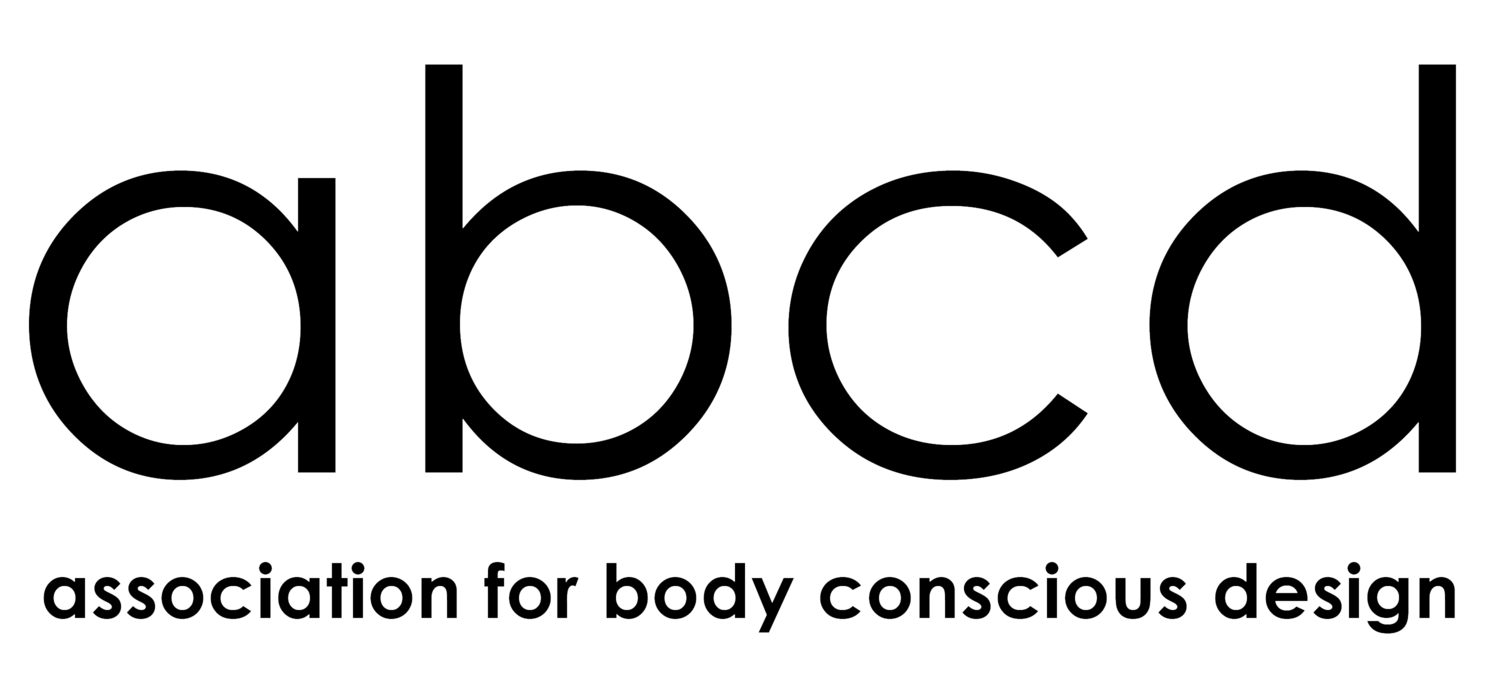Horizontal, Vertical, and Sagittal
Jader Tolja and Francesca Speciani
The prevalent dimension of a place influences its inhabitants by activating completely different movement structures on the physical plane, with consequences for the nervous system and effects on the psychological plane.
When, for instance, a place is for geographical and architectural reasons characterized by a prevalence of horizontal lines, the movements especially activated are those on the horizontal plane of the rotators. In turn, vertical lines activate movements on the vertical plane (involved in the lateral flexions) and longitudinal lines the movements of the fore-after muscles on the sagittal plane. As we saw in the previous chapter, these three types of movement are also typical of the different evolutionary phases of the human being.
To the activation of these three modalities of the nervous system there correspond, therefore, three completely different psychological states which, if they last for any length of time, tend in their turn to structure very different personalities and peculiar attitudes. The horizontal dimension more readily evokes conditions of “the visceral” and belonging, just as the vertical stimulates the cortical nervous system, or rational thought and differentiation, and the longitudinal dimension the muscular system and action.
It could be interesting at this point to ask ourselves if certain spatial forms are not thus different precisely because they derive from different modes of being which in turn are able to evoke different states of awareness in those who stop or live there. Bologna and Turin, for example, are two cities characterized by different prevalent lines, the former round and horizontal, the latter square and vertical. Are they so different because those who built them were so different? And when we walk around two such different cities, are we truly the same as before, or do we ourselves change at the neurological, physical and psychological levels?
Excerpt from:
Bodythinking, Del Nuevo Extremo, 2021
